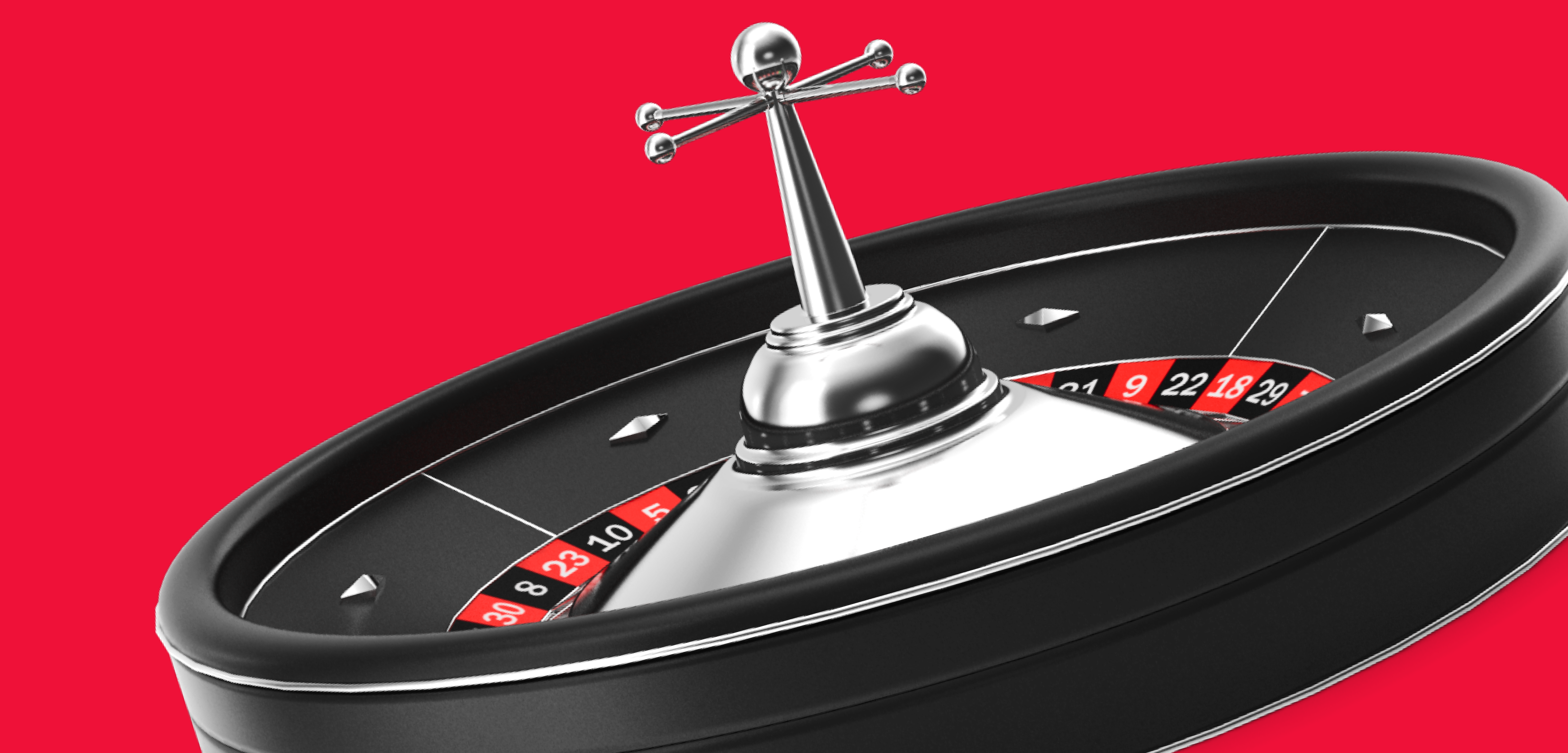The days when people chose one job and stayed with it until retirement are long gone. Today, thanks to the incredible pace of technological development and innovation, we are witnessing new industries and jobs. On the one hand, this opens up great opportunities for those who want to develop as individuals and advance in their careers. On the other hand, you need to constantly learn and develop professionally to be in demand and competitive.
Whether you are in higher education or already have a job, you need to define your professional development goals and think about strategies to achieve them. You need to create a professional development plan (PDP), which is a roadmap for acquiring new skills and improving existing ones. With a proactive approach to professional development - and a well-thought-out plan - you'll be the kind of person that top recruiters are looking for.
The Importance of Career Development for Professional Growth
Having emerged only a few decades ago, IT is an industry where new technologies appear so quickly that employees who don't want to learn become irrelevant in the blink of an eye. This is true for many other fields including law, medicine, online entertainment, digital marketing and others.
Because the career path of the modern professional is no longer linear, you need to learn new skills and find the best ways to apply them to excel at work. People who develop their careers have the opportunity to not only earn more but also to ensure their personal growth, increase their self-confidence and improve their overall quality of life.
Setting, Monitoring, and Achieving Professional Development Goals
Before you start making a list of development goals for work, you should realise that a PDP is not a one-off project at all. Look at several professional development plan examples and you will see that they can be very different from each other. As your goals, priorities, and environment change, you will have to adapt your PDP throughout your career path.
Short-Term vs. Long-Term Professional Goals
Let's say you are planning to take up a position as an office worker. Your list of skills includes the ability to work with Excel spreadsheets. The first thing you would do is learn the basics of using a spreadsheet editor. Then, you'll put together a good CV to appeal to your future employer. These are all short-term goals.
However, some goals require much more time and resources. For example, you decide to learn the UX design profession to qualify for a very promising job in the future. Another example is to study for an MBA degree to enable you to do a senior management job. As you read through the development plan examples, you will notice that short-term goals and long-term ones are usually in separate places.
Defining Goals with SMART Criteria
SMART is an acronym that stands for Specific Measurable Achievable Relevant Time-bound. As one of the most effective goal-setting tools, it helps you define a goal, specify it, and assess the chances of achieving it. While many people set vague goals such as ‘improve professional skills’, you can be more specific, for example, by setting a goal to ‘complete a project management course in 6 months and use the knowledge gained to manage an ongoing project’.
Tracking Achievements and Reflecting on Growth
Let's say you've made a list of goals and thrown it away. However, how do you understand your progress according to your plan? When learning new knowledge and skills, always write down your achievements and analyse your progress to increase your confidence and have more motivation to move forward.
Using Feedback to Adapt Goals
It's one thing to track your progress and reflect on what you've achieved. But it is quite another when you get feedback from your management and colleagues. The latter is preferable because you get more objective information that helps you adjust your personal and professional development strategy.
In addition, feedback will help you choose the right direction of development as a professional. For example, your manager has noticed that you are more successful with clients than you were before. This may indicate that you should develop in the direction of customer service or management.
Creating PDP and Aligning Career Aspirations
According to The Future of Jobs report, AI-based technologies will replace around 85 million jobs in 2025. However, about 100 million new roles such as AI researchers, ML engineers and data scientists are expected to be introduced in their place. The constantly evolving job market requires you to review your current skills and learn new ones to meet the demands of a rapidly changing environment.
Assessing Skills and Identifying Improvement Areas
Before setting performance goals for your future PDP, you need to assess your current skills. In this step, you will also need to reflect on your hopes, interests and plans for your future career. This will allow you to understand the place you are in now and figure out what you need to achieve your career goals.
For example, you work as a marketer for a large company and can do a good job developing creatives. However, you feel insecure when it comes to analytics. You probably need to brush up on your knowledge of marketing metrics and analytical tools like Google Analytics to make your decisions seem more informed in the eyes of the company's management.
Harmonising Personal Development Goals and Professional Aspirations
Your personal and professional development should go hand in hand so that they complement each other. By aligning your personal development goals with your career aspirations, you'll be more motivated to work on them and achieve greater results in the end. For example, by studying leadership and project management training materials on your own time, you can get spotlighted for a position as a team leader.
Strategies for Continuous and Long-Term Professional Growth
Do you understand the difference between a sprint and a marathon? Requiring regular effort, a willingness to learn and finding new resources for growth, professional development resembles the former. Find the strength and willingness to constantly look for ways to get better instead of settling for what you have.
Learning and Skill Development
Today's industries and the labour market are changing very quickly, so continuous learning is key to your career success. Dynamic sectors such as digital marketing, IT and others are always in need of people who are not afraid to learn and innovate.
Since there is every reason to believe that AI will soon take over many technical processes, you should develop your communication skills. These will help you to build better connections and relationships with your colleagues and customers. Also, try to improve your leadership skills so that you can apply for management positions in the future.
Building a Network and Seeking Mentorship
If you have the opportunity to attend industry events, never pass it up. By attending conferences, meetups and other networking events, you will always be up-to-date with the latest news, insights, challenges and trends. Moreover, you'll get to meet and network with outstanding people in the industry who share their experiences and inspire. Finally, it's a great way to express yourself and find out about jobs that never make it onto online job boards.
Development Plan Examples
Your PDP is a unique document because your experience, goals, knowledge and area of interest are different from others. For example, if you work in sales, your plan may include leadership development, project management courses, mentoring and public speaking skills. Below, you will find a table that can serve as a template for your future PDP.
Integrating Personal Development with Career Aspirations
By combining your personal and professional development, you strategically strengthen your career position by working on yourself. For example, by boosting your emotional intelligence, you can significantly improve your interactions with colleagues, management and clients.
Moreover, it significantly increases your chances of getting a leadership role as many employers have already realised the importance of high emotional intelligence in a leader. At the same time, by improving your personal and professional qualities, you will increase your confidence in your role and your decisions, making it easier for you to cope with challenges and achieve your goals faster.
FAQ
Why should I separate short-term and long-term goals for PDP?
Short-term goals are needed so that you can measure your progress and thus keep you motivated for further growth. As for long-term ones, it's about targeting your strategic career achievements to create a vision for the future.
How often do I need to update my PDP?
Given the dynamics of today's industries, you should update your plan at least every six months to adapt it to changing career goals and labour market conditions.
How do I measure my progress?
While you can use specific tests to assess the knowledge and skills you have acquired, it is better to rely on feedback from your peers and management.
How do I fight burnout when working intensively to achieve my goals?
To keep a balance, take periodic breaks and use the best stress management practices.
What are the trends affecting career development in the coming years?
Ideally, you'll need to learn to adapt quickly to new realities and develop relevant skills to stay competitive. As far as trends are concerned, you should focus on technological changes, the growth of remote and hybrid work, and the emergence of new professions due to the active adoption of AI and machine learning.







